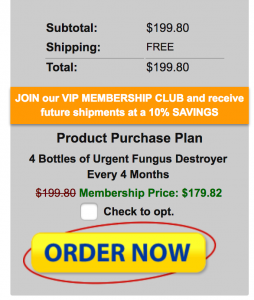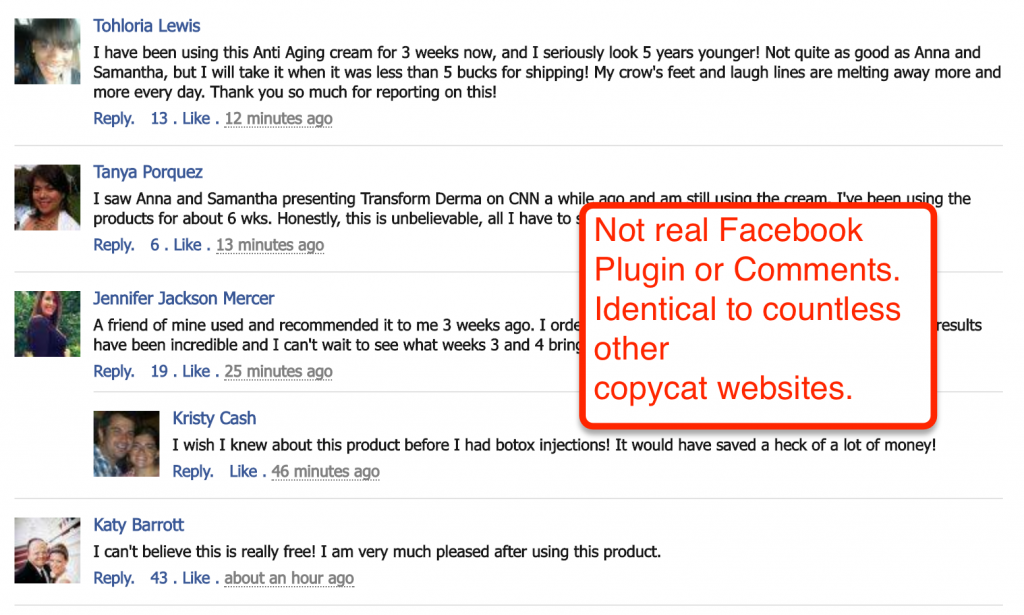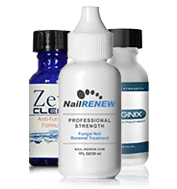“Japanese Toenail Fungus Code”, “Urgent Destroyer” and More Autoshipment Scams
Autoreplenishment, Monthly Shipment “Scams” and How They Work
If you’re reading this article, it’s most likely because you’re skeptical about a product that seemed too good to be true. More often than not, is because most “free trial” offers are too good be true or have something to hide.
In the world of health and beauty, there are hundreds of thousands of products available that are sold using different marketing techniques. Some of the marketing may seem very unsavory and hide behind legal terms and conditions and fine print that are not always clearly visible.. making big promises and using attractive language like “free trial offer” and pressure selling tactics to sell more product.
Is this a coincidence?
In order to understand why these products are marketed this way you need to understand the landscape. In a world of marketing dominated by lots of competition, companies outsource their marketing to affiliate marketers to grab your attention online.
An affiliate marketer is someone with a website who creates a content or an ad about your product and then shows consumers like you. The problem with affiliates is that they are unpredictable and often use false pretenses and exaggerated language that make big claims not backed up by actual studies.
Here are some of the most common techniques affiliates will use to try and sell you a product:
1) Phony Fake “Before & After” Photos
Example 1:
Take a look at this Before & After photo from a website talking about the “Japanese Toenail Fungus Code”. The before and after photo do not even reflect the same foot! One foot is a left foot and the other is a right foot, most likely not even from the same model.

* Fake Before & After Photos. Different Left Foot, Different Model
2) Free trial offers that claim only shipping and handling upfront or a flat discounted fee upfront – but then bill you monthly the full product price until you finally notice and cancel. It’s typically too late
Example 1:
Upfront price advertised as per bottle:

Example 2:
To “opt” or not to “opt”?

When you scroll down you’ll notice that you can “opt” to the membership price… what does this really mean? To “Opt in” or “Opt out” of recurring billing? This is a common strategy used some companies to mislead customers into purchasing a monthly plan. It may automatically put you on the monthly plan and forces you to “opt”.. in? or, out? Whatever that means is up to interpretation. Would you prefer to “opting in” or “opting out” of difficult pricing and billing and a potential headache?
This could be made more clear to the customer and is very arguable misleading. Combined with a countdown timer rushing you to place your order its easy to see why someone may mistakenly purchase the incorrect product.
3) Fake celebrity endorsements and or photos.
Example 1:
Renowned medical doctor is actually a spokesperson bought on fiverr.com that will record a video reading your script starting at only $100.

4) Exaggerated claims to their success without appropriate disclaimers.
This falls into any claims made based on the rate or efficacy of a product without any evidence to back up those figures and how they are calculated.
5) Countdown timers “Limited time offer! Only 350 Trial Offers Available Today!”.
Example 1:
Countdown to number of available trials that day that automatically resets each time you visit

Example 2:
National media attention pressure that automatically resets each to the present date to create urgency

6) Restocking fees. The product cost you $4.99 for shipping and handling but to send it back there is a $20 restocking fee? No thanks.
6) Restocking fees. The product cost you $4.99 for shipping and handling but to send it back there is a $20 restocking fee? No thanks.
7) Using fake organizations to appear more credible or falsely using the logos of legitimate organizations that have no association with them whatsoever.
Common examples of this include making up a fake organization that sounds official. Using the logos of national publications fraudulently on their website. Using text like “as advertised on” or as “publicized by” well known outlets without their knowledge or by stretching the truth.
8) Fake comments from Facebook that are really prefabricated screenshots.
Example 1:
These comments are commonly seen with fake profile images copied and pasted to look a live form. However, this is not the facebook plugin that you are use to seeing, it’s a farce.

Conclusion
We do not endorse the “fungus destroyer”, “fungus shield plus”, the “japanese toenail fungus code” or any other similar sham, copycat website/product because we feel they may use misleading advertising, paid actors and pressure sales tactics/pricing strategies that may mislead the general public.
It is our opinion, that there is a lack of scientific based evidence to back claims on their website and product literature and that similar products are not utilizing FDA compliant ingredients in their formulas for their marketed conditions.
For this reason, we do not endorse any continuity or subscription based model health care products that do not provide an option to pay the full price upfront without being enrolled into aggressive rebill models. We only endorse the use of products that are founded on scientific based evidence and use active ingredients at the permitted concentrations as designated by the Federal Drug Admissions (FDA) monograph (link 1). .












